Ajinomoto patenting ketogenic drinks to treat epilepsy
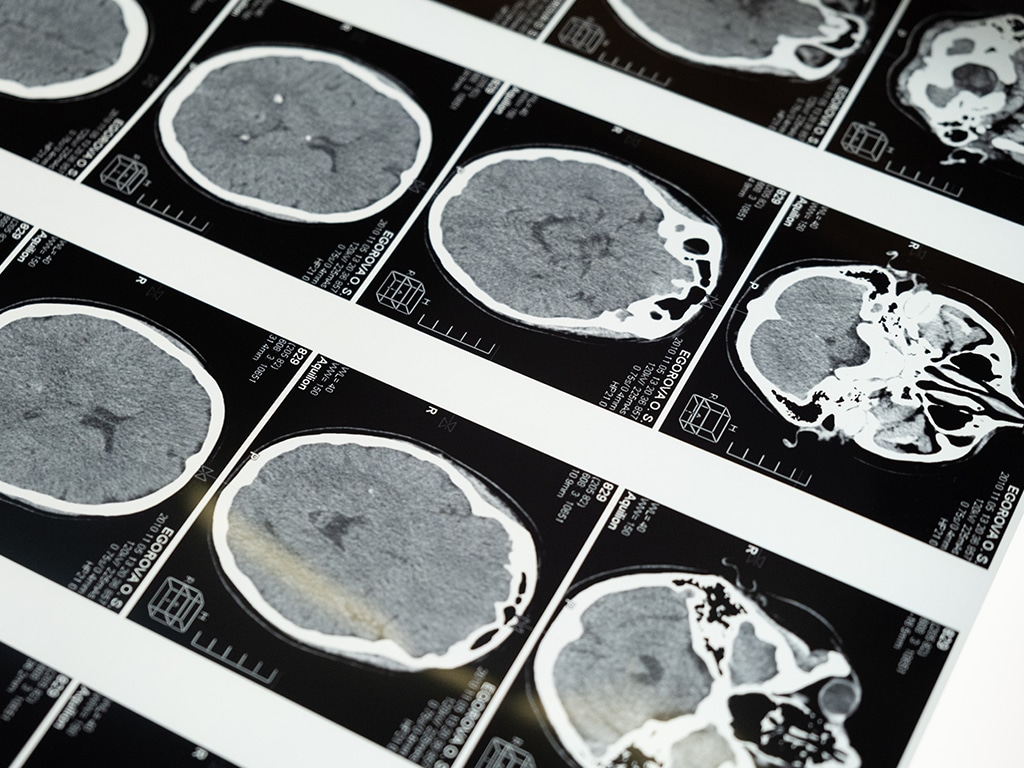
Japanese food and biotechnology company Ajinomoto is patenting a supplementary treatment for people suffering from drug-resistant epilepsy: a drinkable formula based on popular ketogenic diets.
Researchers develop biosensor tattoos that turn your cells into real-time health reporters
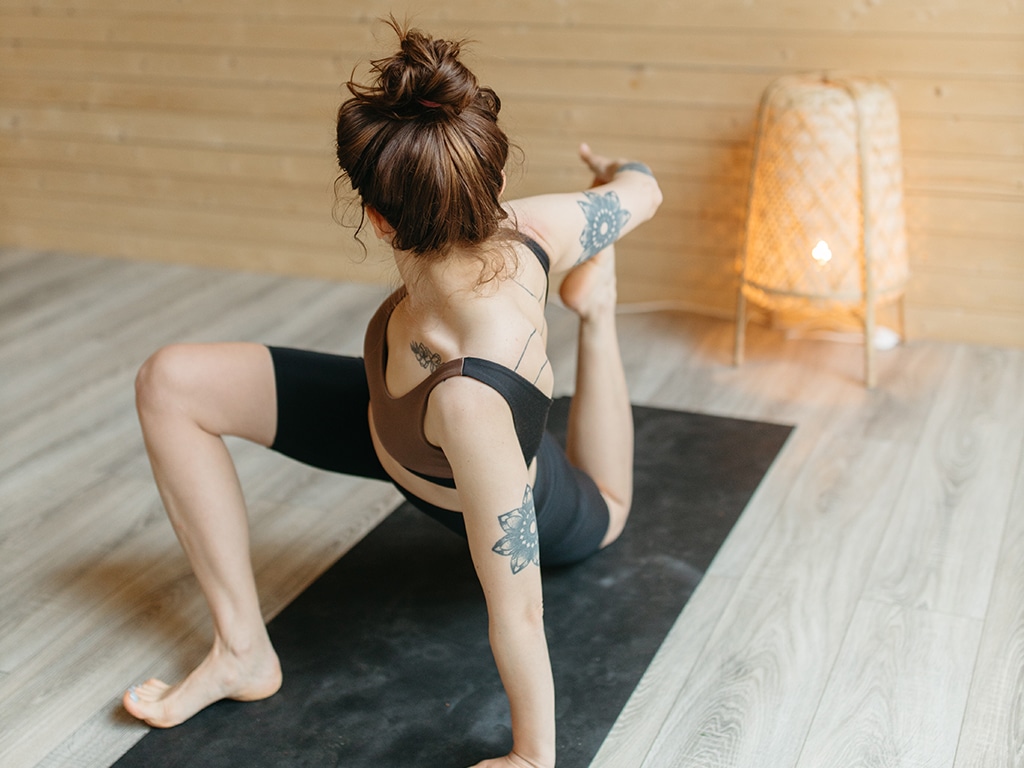
In the future, people may be getting tattoos not only for cosmetic reasons but for the sake of their health as well. The technology outlined in a recently published U.S. patent application could help make checking your health as easy as checking your watch.
This smart mask monitors atmospheric pressure

A U.S. patent application from South Korea’s Carlson Company Ltd. includes designs for a smart mask that regulates its internal pressure to increase user’s comfort.
Software could streamline development of stem cell-based spinal cord therapies
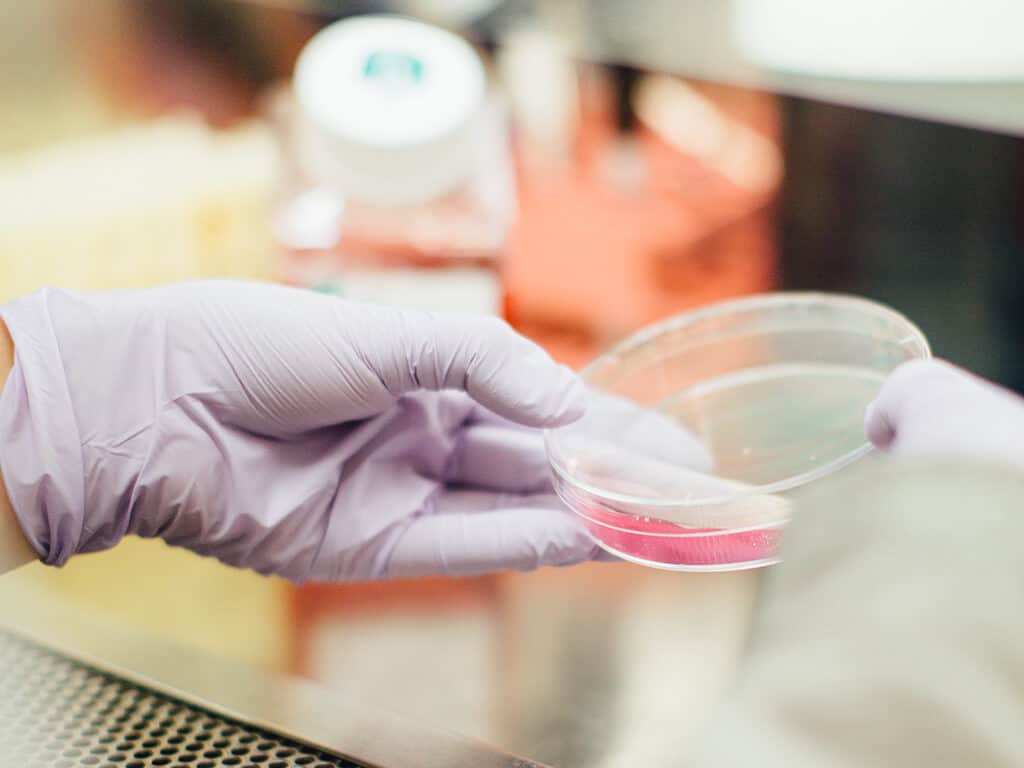
Researchers from Northeastern University have developed a computational model that claims to simulate, with high precision, outcomes for spinal cord treatments.
IBM patents tech that determines blood sugar levels from meal images
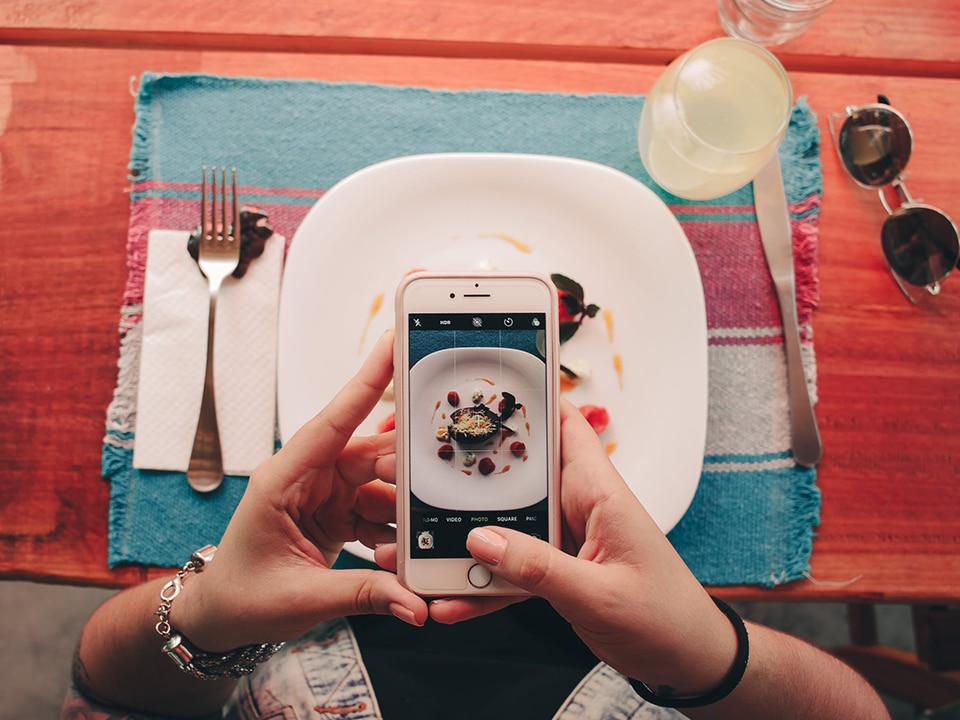
IBM was recently granted a patent for estimating blood-sugar levels using images of meals. Aside from just simply identifying the food, deep learning was used to analyze the meal image, time-period, and user’s previous blood-sugar levels to provide future blood-sugar levels.
Philips seeks patent for a system to detect hot flashes
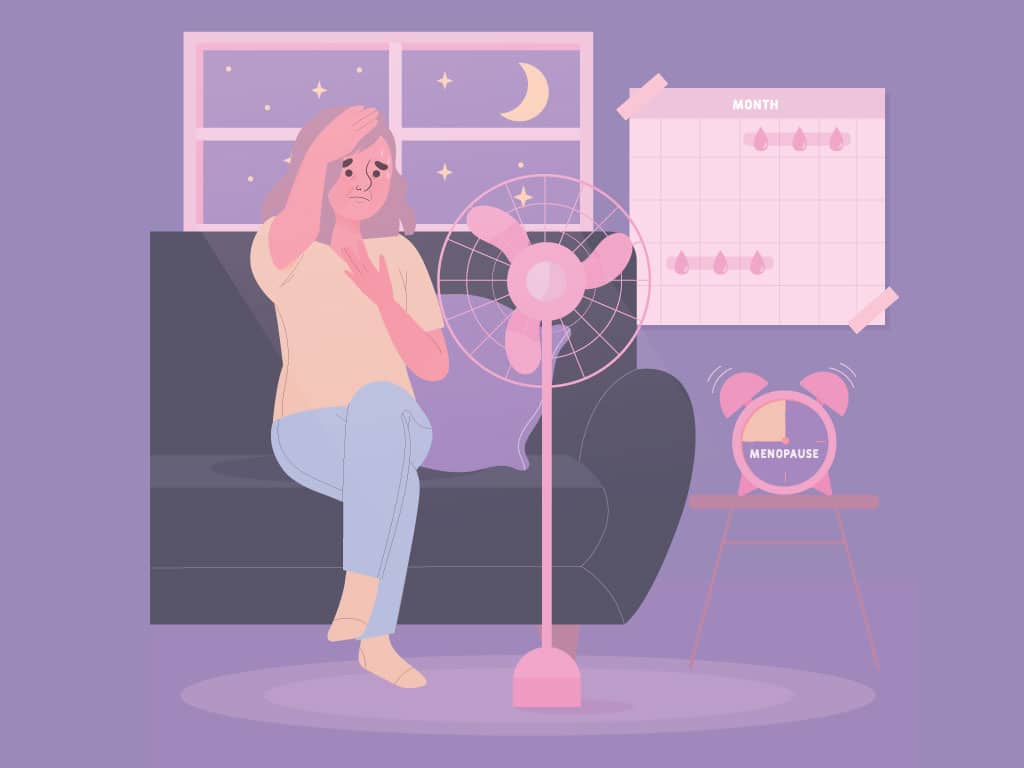
Almost 85% of menopausal women have had episodes of hot flashes, which puts them at a 70% greater risk of heart attacks, angina, and strokes. While hot flashes can be detected by measuring perspiration at the chest area, researchers at Philips went for a no-sweat route and used deep learning to track changes and patterns in heart rate data collected by a wearable sensor.
AI model warns type 1 diabetes patients of hypoglycemia risk before sleep
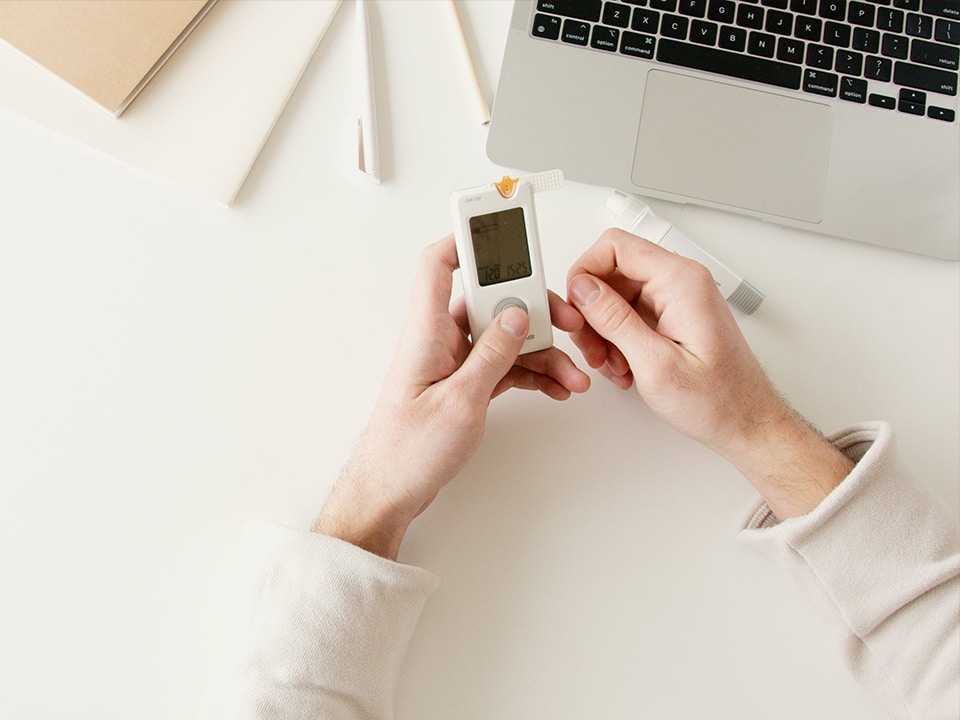
An algorithm that uses artificial intelligence could help patients with type 1 diabetes anticipate and potentially avoid nocturnal hypoglycemia by notifying them of their risk before going to sleep.
Patients could use biosignals to control VR avatars: KIST patent application
Researchers from the Korea Institute of Science and Technology (KIST) are looking to patent a system related to controlling avatars in real time within a virtual reality (VR) environment using a person’s biofeedback.
Patent filings may point to ‘super secret’ project at Apple

A recently filed patent application from Apple describes the use of electromagnetic waves for health monitoring applications, which may include testing glucose levels, or even skin cancer and other skin disorders.
Air Force patent application details synthetic nose for respiratory research

3D-printed noses could grant further insight into how fighter pilots breathe across altitudes, a new patent application from the U.S. Air Force Research Lab shows.
